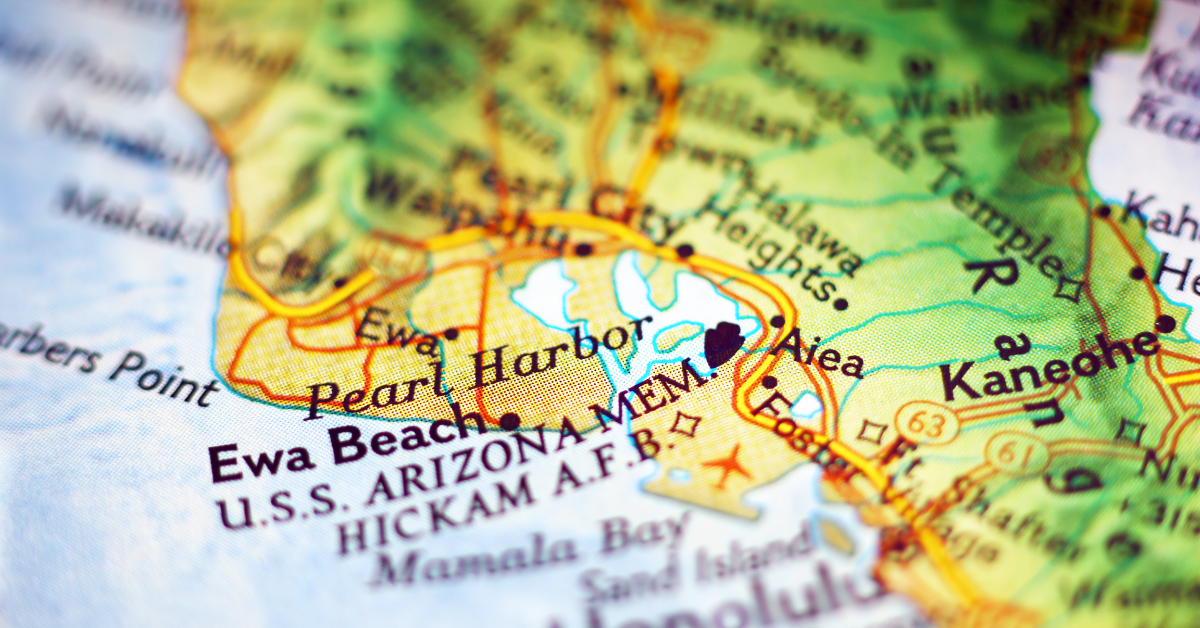Released in 1970, Tora! Tora! Tora! is a Japanese-American war film about the attack on Pearl Harbor. What made it unique was that directors from both nations depicted events from their own perspectives, aiming for the most balanced and historically accurate portrayal possible. For the Japanese, this film was a special experience that evoked both pride and sorrow at the same time.
What is Tora! Tora! Tora!?
Tora! Tora! Tora! focuses on the Pearl Harbor attack, which marked the beginning of the Pacific War during World War II. The word “Tora” was the Japanese Navy’s code word meaning “tiger,” used to signal the complete success of the surprise attack. The repetition of the word three times indicated total success, making it an especially symbolic title that left a strong impression on audiences.
The film was produced jointly by 20th Century Fox and Toho Studios. The American side was directed by Richard Fleischer, while Japan originally appointed Akira Kurosawa, who left the project due to conflicts with the studio. The direction was later handed over to Kinji Fukasaku and Toshio Masuda. At the time, such a bi-national collaboration was rare, especially on a politically sensitive subject like Pearl Harbor. The filmmakers placed great emphasis on historical accuracy in costumes, naval vessels, and military operations.
The narrative presents both the American and Japanese sides in parallel, avoiding simplistic blame. Instead, it highlights delayed communication, miscalculations, and leadership decisions. For Japanese audiences, it was more than just an action film; it was an audiovisual record that offered insight into the tragedy and complexity of international politics.
The Complex Emotions of Japanese Audiences
Reactions among Japanese viewers were diverse and often conflicted. The following table summarizes the three most common emotions.
| Type of Emotion | Background | Typical Reaction |
|---|---|---|
| Pride | The careful planning and successful execution of the Pearl Harbor attack | “It reminded us of Japan’s military capability.” |
| Fear and Regret | The victory at Pearl Harbor eventually led to prolonged war and defeat | “This triumph was the beginning of a great tragedy.” |
| Relief | Japan was not depicted as a one-sided villain but given fair treatment | “I felt our position was respected.” |
For war survivors, scenes such as aircraft taking off from carriers and the bombing of Pearl Harbor revived vivid memories. For younger generations, it raised questions: “Why did Japan enter this war in the first place?” The fact that a single film evoked such diverse reactions itself shows the unique significance of this production.
Why the Film Left a Strong Impression on Japanese People
The reasons why Tora! Tora! Tora! left such a strong impact can be summarized as follows:
| Reason | Content | Impact |
|---|---|---|
| Historical Realism | Authentic recreation of uniforms, ships, and battle strategies | Veterans said, “It felt exactly like those days.” |
| International Perspective | Both Japanese and American viewpoints were treated fairly | Relief that Japan was not portrayed as a mere aggressor |
| Reconsideration of War Responsibility | The attack was framed not as a victory but as the trigger for a prolonged conflict | Encouraged audiences to think critically about history |
This shows how the film functioned not only as entertainment but also as a historical teaching tool, shaping Japanese perspectives on the war and their own identity.
How Foreigners Saw Japanese Reactions
From an international viewpoint, what stood out was that Japanese people regarded the film not merely as entertainment but as a mirror reflecting their war memory. While Western audiences focused on the spectacle of battle, Japanese viewers saw it as a way to relive and confront their past.
Generational differences in reception were especially significant:
| Generation | Interpretation | Emotions |
|---|---|---|
| War Survivors | Realistic revival of personal memories | Pride mixed with regret |
| Postwar Generation | Treated as part of historical education | Curiosity and doubt |
| Younger Generation | Valued the sense of fairness in depiction | Relief and learning |
The contrast between those who lived through the war and those who did not reveals how Japanese society has struggled with the transmission of war memory.
Cultural Impact of the Film
Tora! Tora! Tora! was not only a war movie but also a work with lasting cultural influence in Japan. At a time when few films openly depicted the war, it became a visual archive to pass on history to later generations.
The film sparked debates in schools, homes, and society at large. Veterans were encouraged to share their experiences, while younger generations gained a new entry point into understanding history.
| Sphere | Impact | Example |
|---|---|---|
| Education | Used as supplementary material in history classes | Screenings at schools and as teaching material |
| Society | Prompted reevaluation and sharing of war memories | Family conversations about wartime experiences |
| Film Industry | Demonstrated the potential of international co-productions | Inspired future war films |
The Multilayered Emotions of the Japanese
The film highlighted that Japanese emotions about Pearl Harbor were not uniform but layered and complex.
| Emotional Layer | Audience Group | Feature |
|---|---|---|
| Personal Memory | War survivors | Memories resurfaced by the film’s realism |
| Social Debate | Postwar generation | Discussions on responsibility and diplomacy |
| International Understanding | Japanese aware of global perception | Appreciation for fair treatment |
These overlapping layers elevated the film beyond a spectacle, making it a culturally and socially significant work.
Conclusion
Since its release in 1970, Tora! Tora! Tora! has continued to hold deep meaning for Japanese people. It was not simply a film about war but a work that evoked pride, sorrow, and reconciliation at the same time. For foreign audiences, understanding the multi-layered emotions Japanese people felt is key to grasping the film’s enduring significance.






